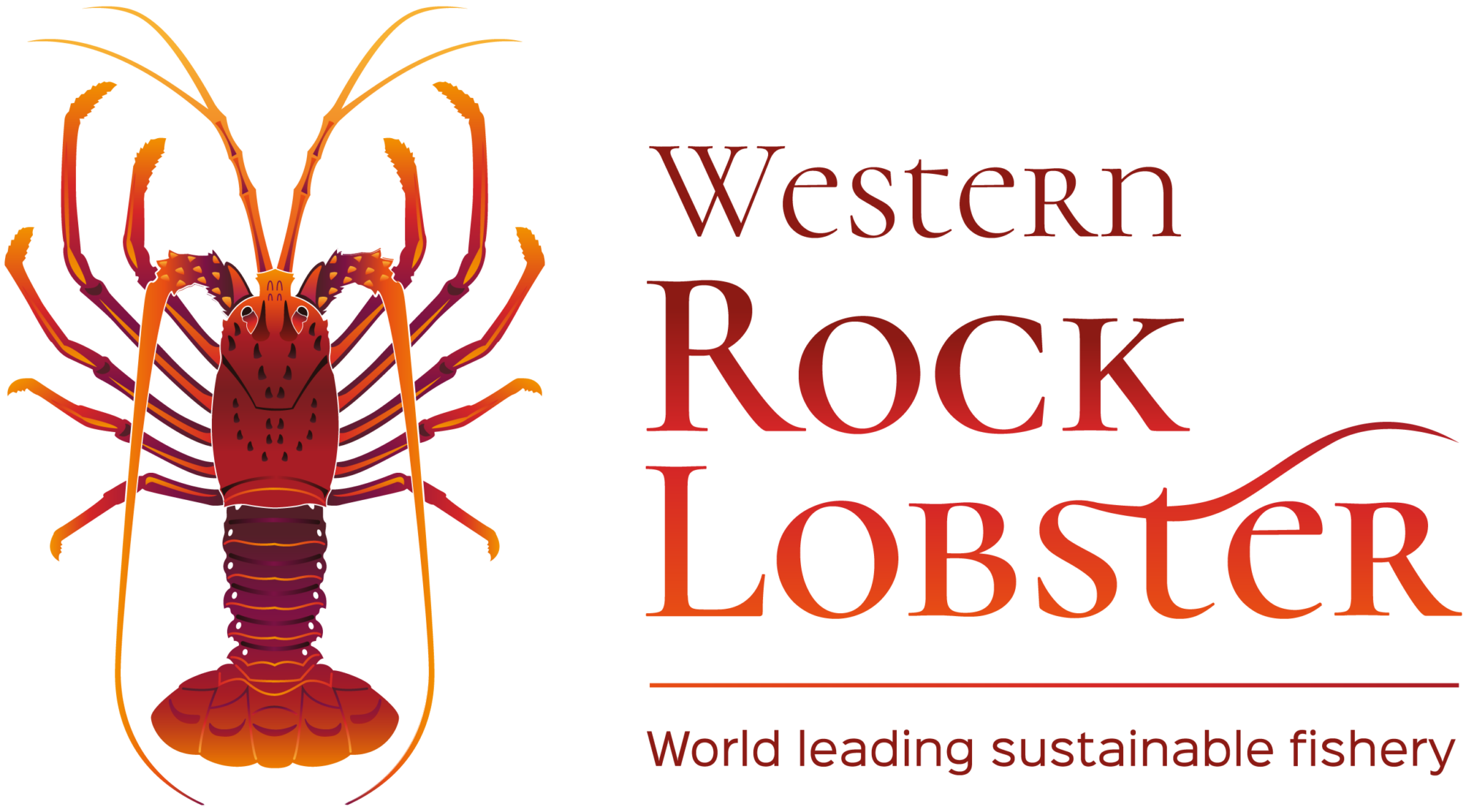The western rock lobster industry is an iconic, world-class fishery that is based on the spiny lobster (Panulirus cygnus), which thrives along Western Australia’s coast from North West Cape to Cape Leeuwin.
The industry comprises around 230 vessels that rely on baited pots to catch rock lobster. With an estimated value of $400 million, the Western Rock Lobster fishery stands as Western Australia’s most valuable fishery and has long been recognised as Australia’s most valuable single-species wild capture fishery.
Achieving global recognition, the WA rock lobster fishery holds the distinction of being the world’s first fishery to receive certification for ecological sustainability from the Marine Stewardship Council (MSC) in 2000. Since then, it has successfully maintained its certification through five recertifications, showcasing its ongoing commitment to responsible fishing practices.
The MSC is widely regarded as the foremost independent fisheries sustainability certification standard. It evaluates the fishery based on stock assessment and harvest strategy, ecological impact, management effectiveness, and consultation arrangements.
In its earlier days, the West Coast Rock Lobster fishery operated as an input fishery (total allowable effort), with the commercial harvest averaging 11,000 tonnes annually. Market supply was dependent on the catchability of lobster, occasionally leading to over-supply and subsequent price reductions.
However, after experiencing several years of below-average recruitment (puerulus) attributed to diminished breeding stocks in the deepwater and northern regions of the fishery, 2008 marked a record low recruitment level. This served as a catalyst for change, prompting the industry to transition towards a regulated output management system in 2009, in close collaboration with the Department of Fisheries. The quota system was implemented to ensure the long-term sustainability of rock lobster stocks.
In 2015, the Total Allowable Commercial Catch (TACC) was significantly reduced to 6,000 tonnes, reflecting a substantial decrease in lobster volume compared to previous years. The TACC is set annually for each commercial fishing season across all zones and may vary based on various factors, such as the success of puerulus settlement.
The implementation of quota management measures has led to a considerable reduction in the number of pots utilised in the fishery, thereby minimising its impact on the surrounding ecosystem and marine wildlife. Additionally, the fishing season has been extended from 7.5 months to 12 months, maximising individual fishers’ efficiency and providing a consistent and stable supply to the market throughout the year.
Map of the fishery
The Western Rock Lobster fishery is divided into three zones: (A) Abrolhos Islands; (B) north of latitude 30°S; and (C) south of latitude 30°S (see map). Historically, this has prevented concentrated fishing in some areas, and has also allowed for management that addresses zone-specific issues.
Commercial fishing management measures include:
- areas closed to fishing;
- lobster size limits;
- protection for any females in breeding condition;
- controls on the type of gear used; and
- a limit on the catch for the whole fishery, known as Total Allowable Commercial Catch (TACC).
